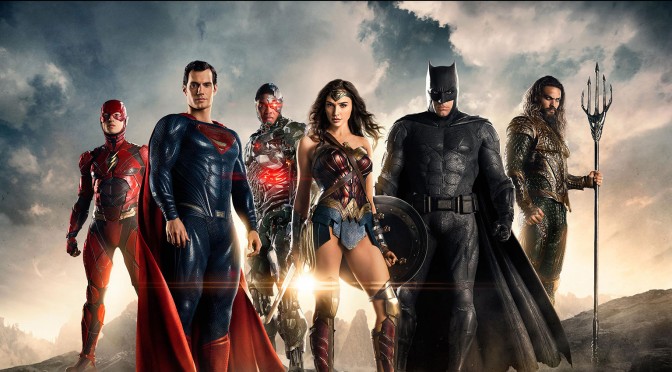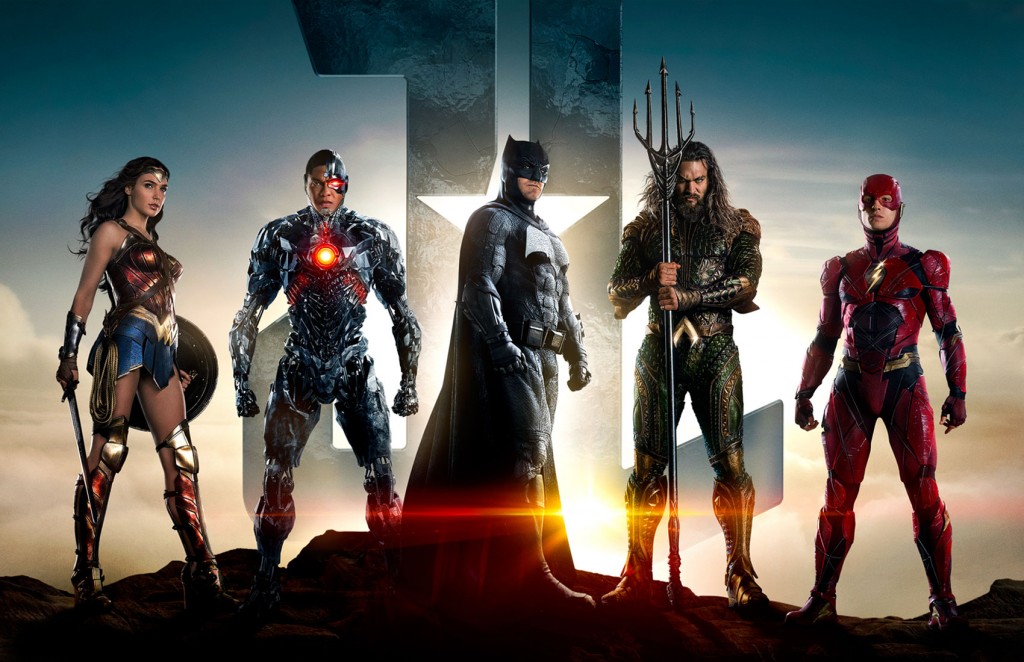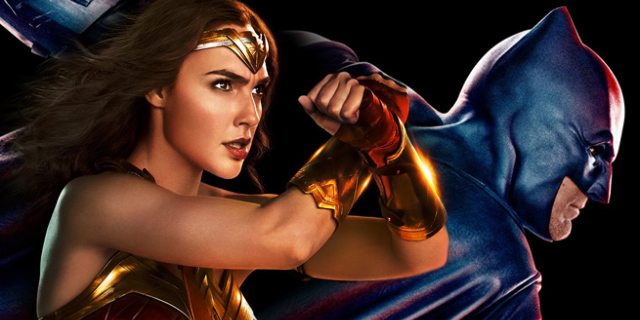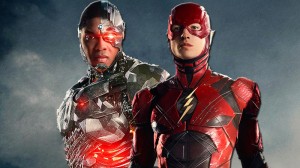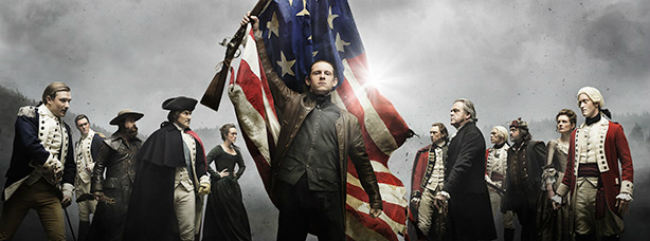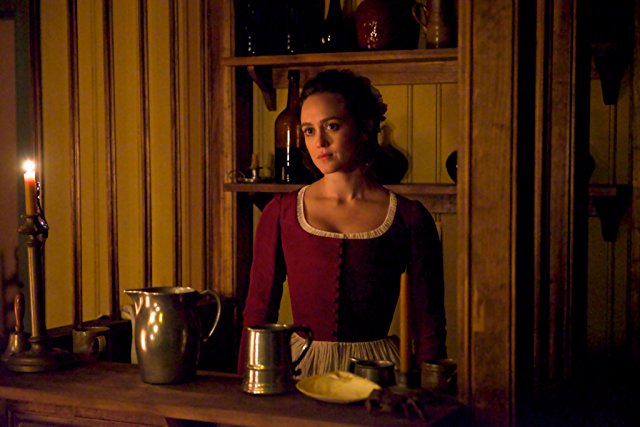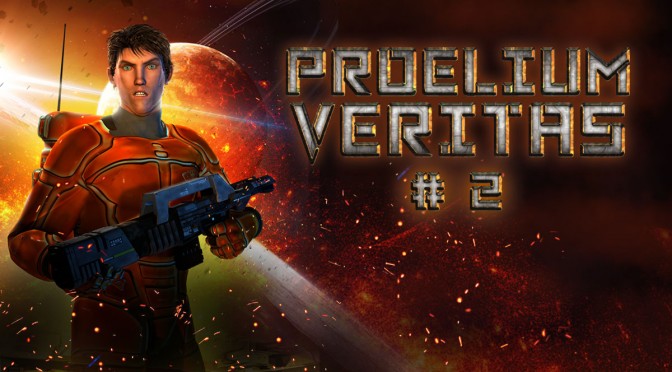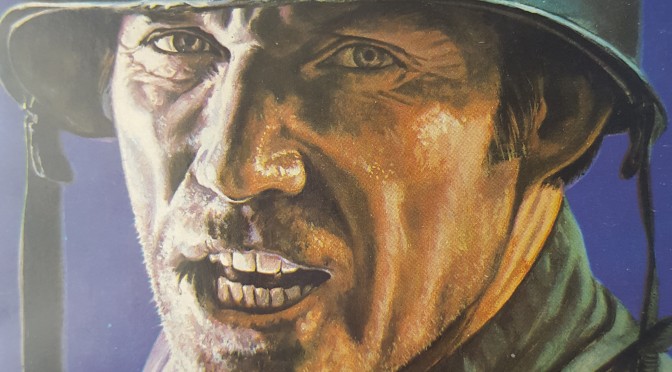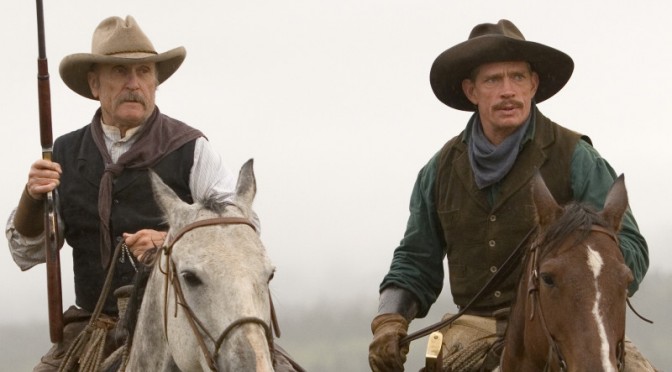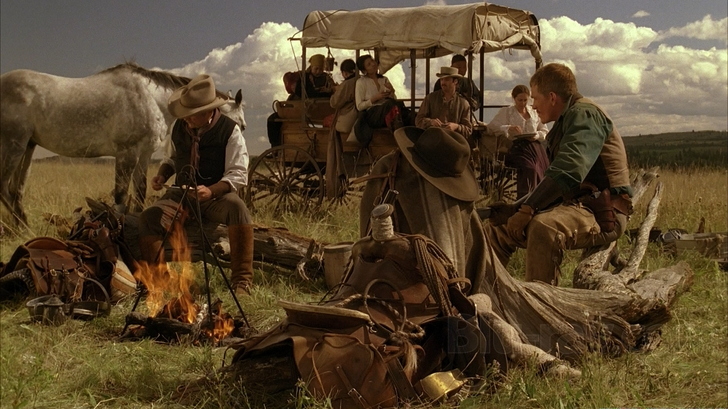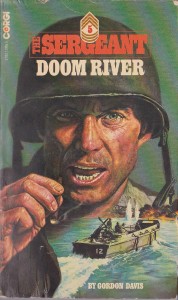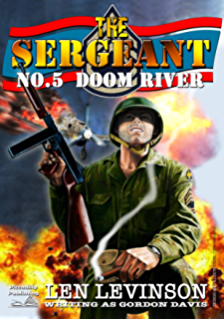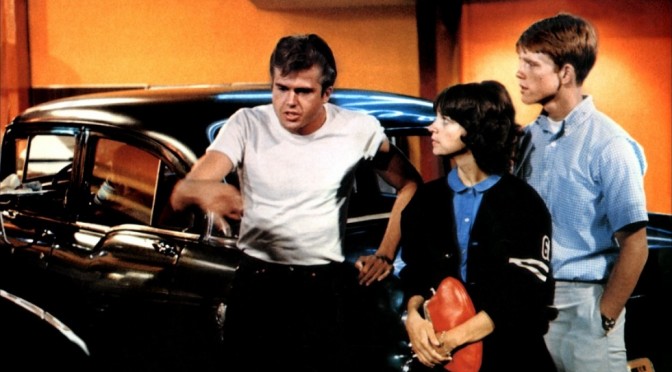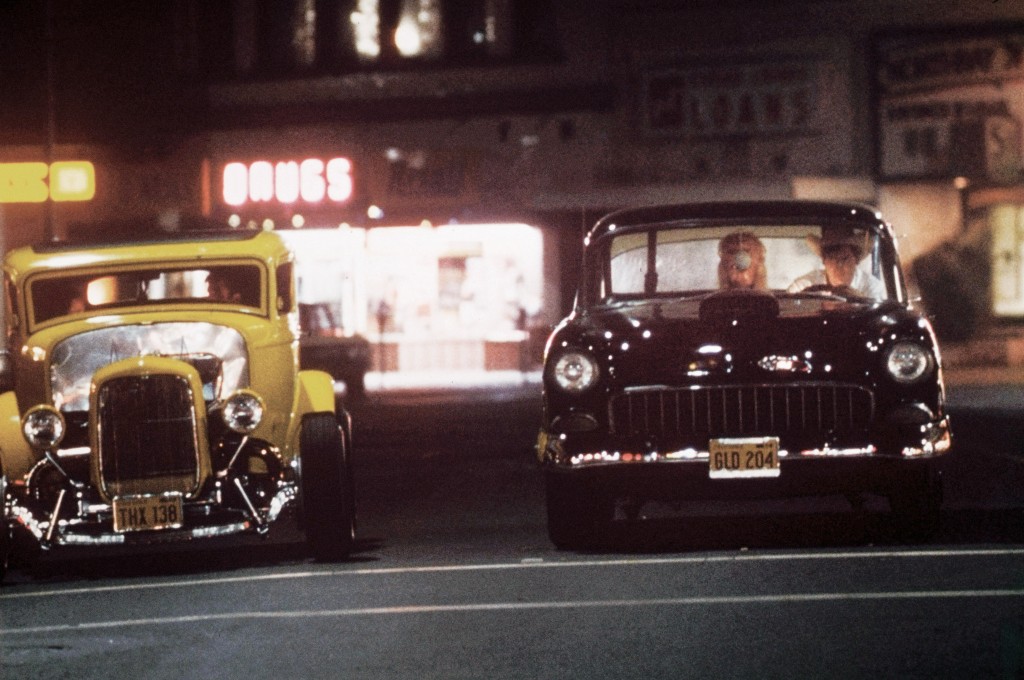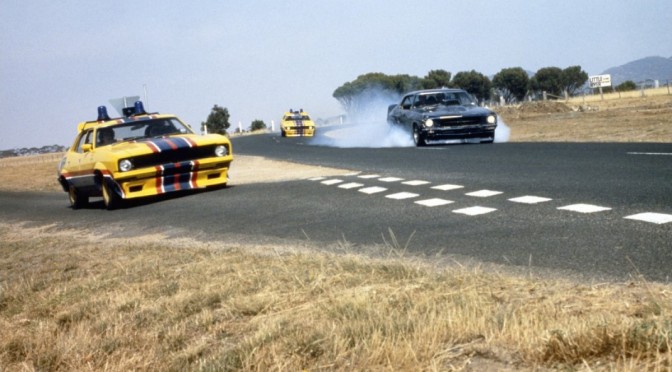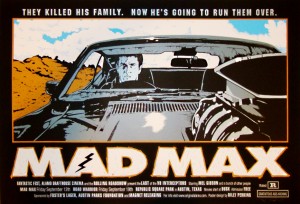Last year I reviewed Batman Vs. Superman: Dawn of Justice and opined on the possibility that the next DC team-up blockbuster might be a formulaic clone of the other superhero movies (of which, the Marvel flicks have rather defined the cookie-cutter).
Well, it happened. Some god-like supervillain wants to control/destroy Earth (domination and destruction are interchangeable in these movies), but first he needs to collect some ancient mystical object with cosmic power…blah blah blah. (In this case it’s three boxes–one guarded by the Amazons, one by the Atlantians, and one by the humans.)
This age-old baddie (“Steppenwolf”) captures two of the boxes, bringing Aquaman and Wonder Woman onto the Batman’s bandwagon to form a super-team and stop him from obtaining the third, or Steppenwolf will achieve total…villainhood…or something.
I rather like Steppenwolf. I also like Jimi Hendrix, Jefferson Airplane and the Lovin’ Spoonful. Wonder if one of them will be the next all-powerful supervillain. But I digress.
So, Superman is still dead from the last blockbuster, which is one reason why the Batman thinks this team is necessary. If you don’t know much about the source material (comic books), then you probably aren’t aware of the characters and team dynamics that get trashed in all the virtue-signaling revamps by screen-adapting creative teams. Batman and Superman were “honorary members” of the Justice League. Obviously Batman had no super powers, but he was the superior tactician of the bunch and therefore the de facto leader of the team when he was there. But now it’s the current year (you mysogonistic bigots!) and Wonder Woman has to be the leader…because vagina. That’s one of the sub-plots of the film–Batman trying to push her into her rightful supreme role.
Since the main plot is nothing new, I guess I’ll just give you the down-low on the characters, as they are in this depiction.
SUPERMAN: (spoiler alert!…not) He comes back. And he’s got possibly one of the best lines in the movie. At first, after his ressurection, he’s a vengeful anti-hero willing to kill his allies…until Lois Lane gives him a hug. Then he is restored to his Boy Scout super-Samaritan god-dom as fast as you can say “applause-inducing plot device.” Because vagina.
BATMAN: He’s the old, over-the-hill version from Dark Knight Returns in this movie. Some good lines. Same pros and cons from the last movie. At least the writer/director is consistent in this case.
WONDER WOMAN: She’s not just attractive, she’s likeable. Unlike women in real life who think they ARE her.
CYBORG: I don’t remember much about him in the comics–he seemed little more than a token minority character. Here they’ve done a fairly good job fleshing him out and giving him some useful abilities that help the team. Not a marquis character yet, but OK.
AQUAMAN: He’s basically Wolverine in a different costume, but more effeminate. Oh yeah–he doesn’t have to swim; he sort of flies underwater.
THE FLASH: The character in the TV show is whiny, but bearable. This Flash is the worst incarnation of him I’ve ever seen. Kind of like what the film makers did to Spiderman in Homecoming, only much worse. He’s pathetic. By the time his character arc brings him some backbone, I’m too irritated by the goofy appearance of his costume to pay full attention. They should have just borrowed the one from the Netflix series. This costume looks like something that would be worn to a Gay Pride Bicycle Race.
Nice visuals, of course. Some good dialog. The Batmobile was badass for about 30 seconds, before it (like every other cool multi-million dollar asset in these movies) met its obligatory destruction.
Not a must-see in the theaters. Wait ’till you can stream it at home.

